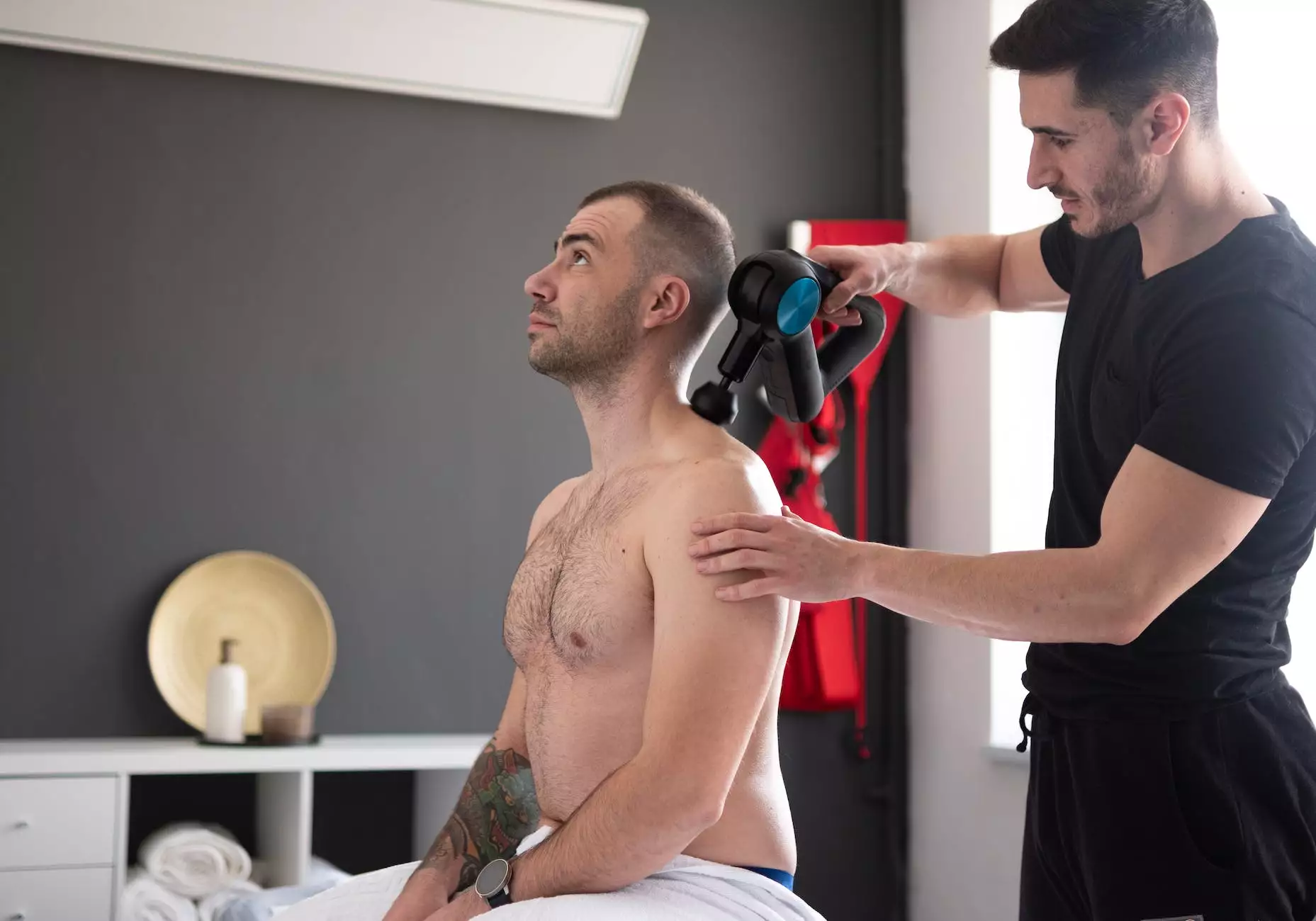Pediatric Trigger Thumb Symptoms and Treatment

Introduction
Welcome to Foley James D MD, your premier source for top-quality pediatric trigger thumb symptoms and treatment information. Our team of experts is dedicated to providing comprehensive care for children with trigger thumb, ensuring their long-term health and well-being.
Understanding Pediatric Trigger Thumb
Trigger thumb, also known as pediatric trigger thumb or stenosing tenosynovitis, is a common condition that affects children. It is characterized by the thumb becoming locked in a bent or flexed position, making it difficult for the child to fully straighten their thumb.
Some common symptoms of pediatric trigger thumb include:
- Thumb stiffness
- Thumb pain
- Inability to fully extend the thumb
- Popping or snapping sensation when attempting to move the thumb
The exact cause of pediatric trigger thumb is not fully understood, but it is believed to be related to an abnormal thickening of the tendon sheath that surrounds the flexor tendon in the thumb. This thickening can cause the tendon to become caught, resulting in the characteristic locking or triggering of the thumb.
Diagnosis and Treatment
If your child is experiencing symptoms of pediatric trigger thumb, it is important to seek medical attention from a qualified healthcare professional. At Foley James D MD, our experienced team specializes in the diagnosis and treatment of trigger thumb in children.
During your visit, our experts will conduct a thorough evaluation of your child's thumb and medical history. This may include a physical examination, where we will assess the range of motion, flexibility, and any associated pain or discomfort. In some cases, additional imaging tests such as X-rays may be recommended to rule out other underlying conditions.
Once a diagnosis of pediatric trigger thumb is confirmed, our team will discuss the most appropriate treatment options for your child. Treatment plans may vary depending on the severity of the condition and the age of the child.
Non-surgical treatment options for pediatric trigger thumb may include:
- Thumb splinting or bracing to support proper alignment
- Thumb exercises and stretches to improve flexibility
- Anti-inflammatory medications to reduce pain and inflammation
- Steroid injections to decrease swelling and allow for improved thumb movement
In cases where non-surgical treatments are ineffective or the condition is severe, surgical intervention may be recommended. The surgical procedure, known as a trigger thumb release, involves making a small incision to release the constriction in the tendon sheath. This allows for improved thumb movement and alleviation of triggering symptoms.
Follow-Up Care and Rehabilitation
Following treatment for pediatric trigger thumb, our team will provide detailed instructions for post-treatment care and rehabilitation. This may include regular follow-up appointments to monitor progress, as well as recommendations for at-home exercises and activities to promote optimal healing and recovery.
Conclusion
If your child is experiencing symptoms of pediatric trigger thumb, don't hesitate to contact Foley James D MD. Our team of experts is dedicated to providing the highest quality care and treatment options for children with trigger thumb, ensuring their long-term thumb health and overall well-being.










